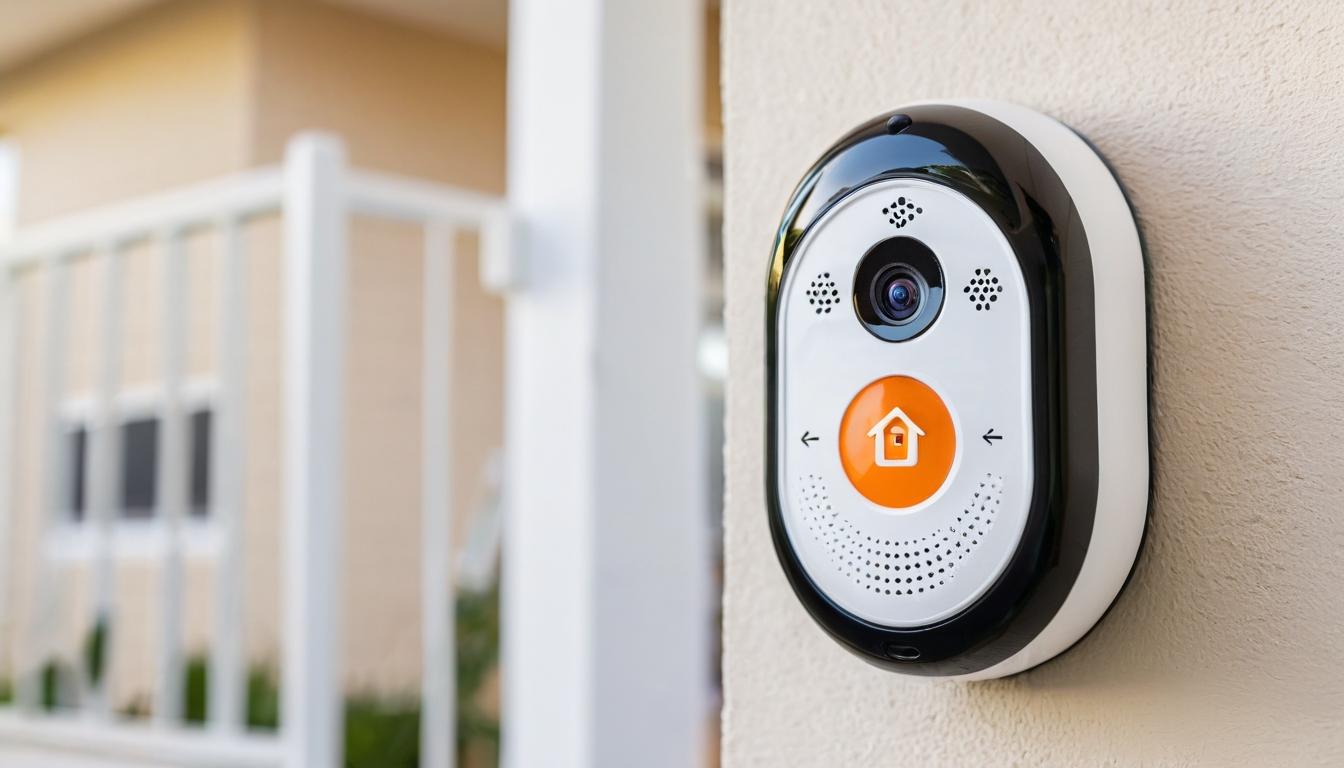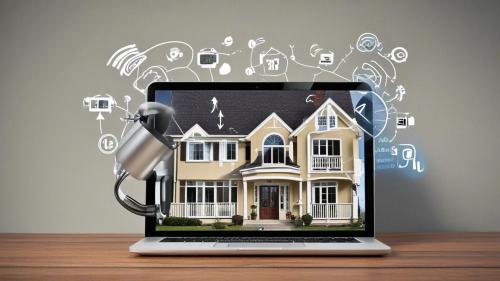The smart home revolution promised us convenience wrapped in security, but as I dug deeper into the interconnected web of devices in modern American households, I discovered something unsettling. The very technology designed to protect us might be creating vulnerabilities we never anticipated. From voice assistants that never stop listening to security cameras that broadcast more than just burglars, the digital fortress we've built around our families has cracks we're only beginning to understand.
I started my investigation by visiting homes across three states, each equipped with the latest smart security systems. What I found wasn't just technological oversight—it was a fundamental misunderstanding of how these systems interact. One family in suburban Chicago had their smart lock, security cameras, and alarm system all connected through a single app. Convenient? Absolutely. Secure? Not as much as they thought. When their Wi-Fi router went down during a storm, their entire security ecosystem collapsed like a house of cards.
Manufacturers love to talk about encryption and secure connections, but they rarely mention the weakest link in any security chain: human behavior. After interviewing dozens of families, I noticed a pattern. People reuse passwords across devices, rarely update firmware, and often grant unnecessary permissions to apps hungry for data. One father showed me how he could check his home cameras from work, never realizing that the same vulnerability that allowed him access could potentially grant entry to someone with malicious intent.
Then there's the privacy trade-off that few homeowners fully comprehend. Those doorbell cameras that capture every passerby? They're not just storing footage of potential package thieves. They're recording neighbors, children playing in the street, and anyone else who happens to wander into frame. The data isn't just sitting on your personal cloud—it's often being analyzed by algorithms trained to recognize patterns, faces, and behaviors. We've invited surveillance into our lives and called it security.
The physical security aspect presents its own set of contradictions. Traditional security measures—deadbolts, window locks, proper lighting—have been overshadowed by flashy technology. Yet when I consulted with former burglars (yes, I went there), they revealed that most smart home security systems are easier to bypass than well-maintained mechanical locks. One told me, "Give me a Wi-Fi jammer over a lockpick any day. Most of these systems go offline when you disrupt the signal, and then it's just you and a standard door lock."
What about the children growing up in these digitally monitored homes? Psychologists I spoke with expressed concern about the normalization of constant surveillance. Kids who've never known a home without cameras in common areas develop different boundaries around privacy. One teen told me, "It's like having parents who never blink. You just learn to perform your life rather than live it." The very technology meant to create safety might be reshaping family dynamics in ways we're only beginning to understand.
The insurance industry has taken notice of these vulnerabilities. Several major insurers now offer discounts for smart home security systems, but the fine print reveals caveats. If your system fails due to user error—like failing to update software or using weak passwords—your claim could be denied. We're being incentivized to adopt technology that we don't fully understand, creating a perfect storm of liability and false confidence.
There's also the environmental factor that security companies rarely discuss. Power outages, extreme weather, and even solar flares can render the most sophisticated systems useless. One family in Texas learned this the hard way during last year's winter storm. Their state-of-the-art security system became expensive decoration when the power grid failed. Meanwhile, their neighbor with a simple battery-powered alarm and physical locks slept soundly through the crisis.
The solution isn't abandoning technology altogether, but rather creating a balanced approach. Security experts recommend layering traditional physical security with smart technology, ensuring that if one system fails, others remain operational. Regular security audits, password managers, and understanding exactly what data your devices collect are no longer optional practices—they're essential components of modern home safety.
As I concluded my investigation, one security professional offered a perspective that stuck with me: "The most secure home isn't the one with the most technology—it's the one where the residents understand their vulnerabilities and have multiple layers of protection." In our rush toward convenience, we've forgotten that true security requires both smart technology and smarter users.
The future of home security lies not in more gadgets, but in better education about the tools we already have. Manufacturers need to be more transparent about limitations, and homeowners need to take responsibility for understanding the systems they install. The gap between perceived security and actual protection has never been wider, and bridging it requires looking beyond the marketing hype to the reality of how these systems actually work—and fail.
The hidden security gaps in your smart home: what the security companies aren't telling you




